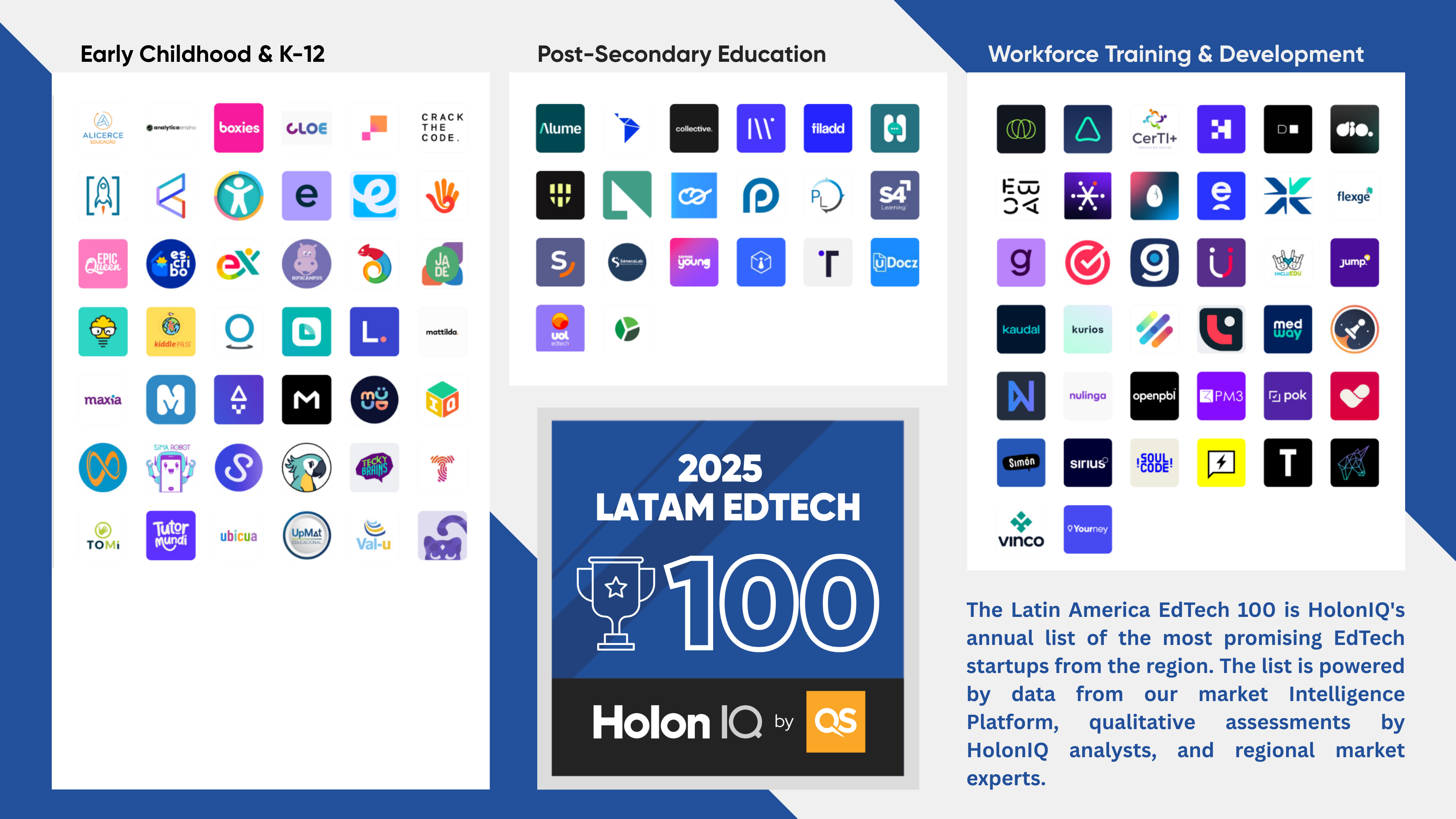Robotics in Education is a growing and maturing market with increasing education use cases. Our annual deep-dive is 47 pages of Robotics market data from Pre-K to Lifelong Learning
Robots Ready. Set. Go.
Education Robotics has rapidly developed over the past ten years and is forecast to continue strong growth over the next decade. STEAM is driving growth in the market for ‘full-stack’, integrated robotics solutions and the rise of artificial intelligence is advancing education robot capabilities as well as non-physical alternatives such as voice interaction devices.

Robotics Landscape
Robots typically have 3 defining characteristics – they are mechanical in construction, contain electrical componentry and are programmable. Robots can be further categorized by appearance and degree of autonomy. The robotics category is broadly defined as mechanical, electrical and either intelligent or programmable. While some are adopting humanoid form, the majority are modular construction or play-based learning forms. With the rise of smart devices, the line between what is a robot and what is simply a programmable device has become blurred.







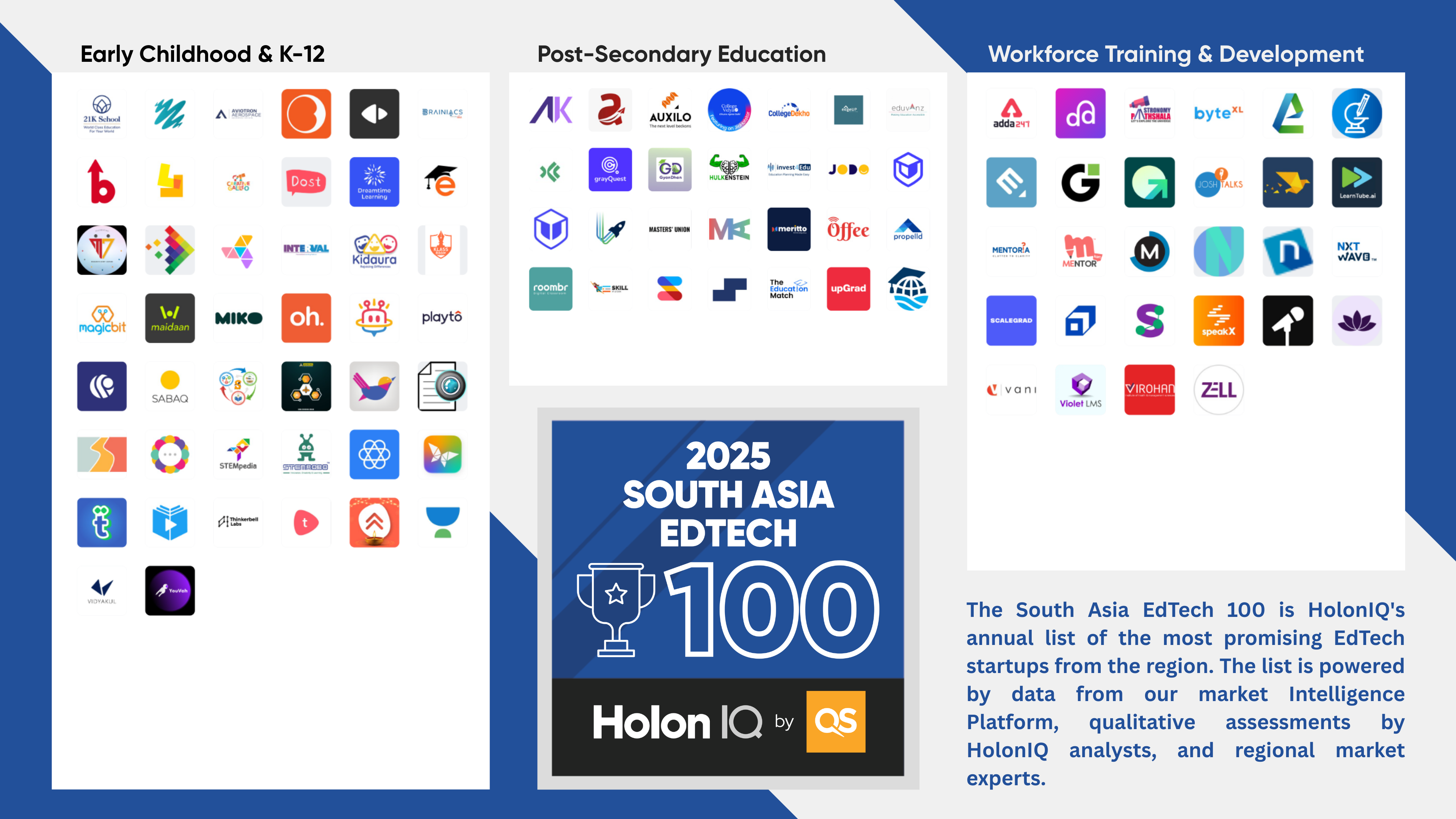
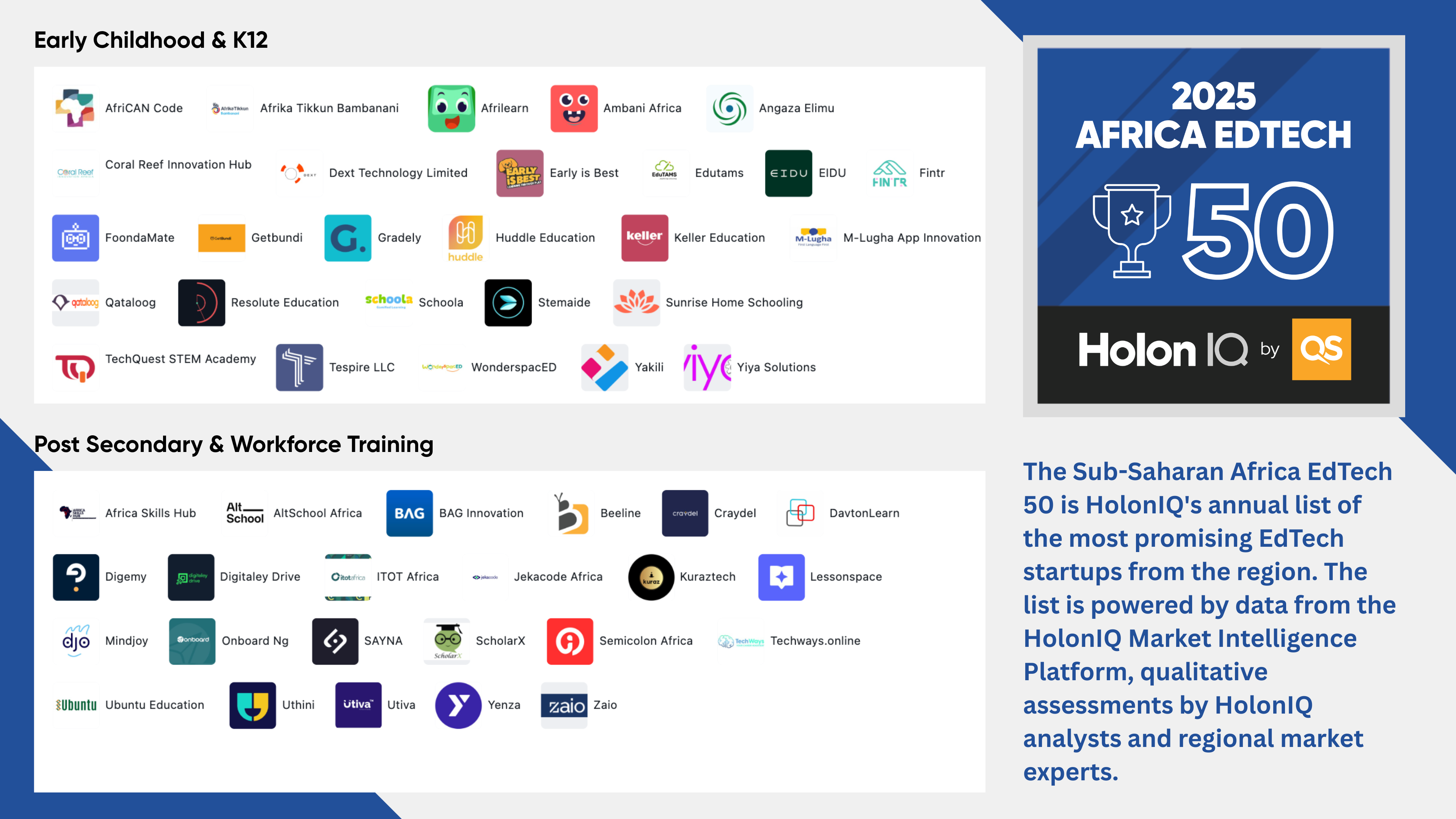
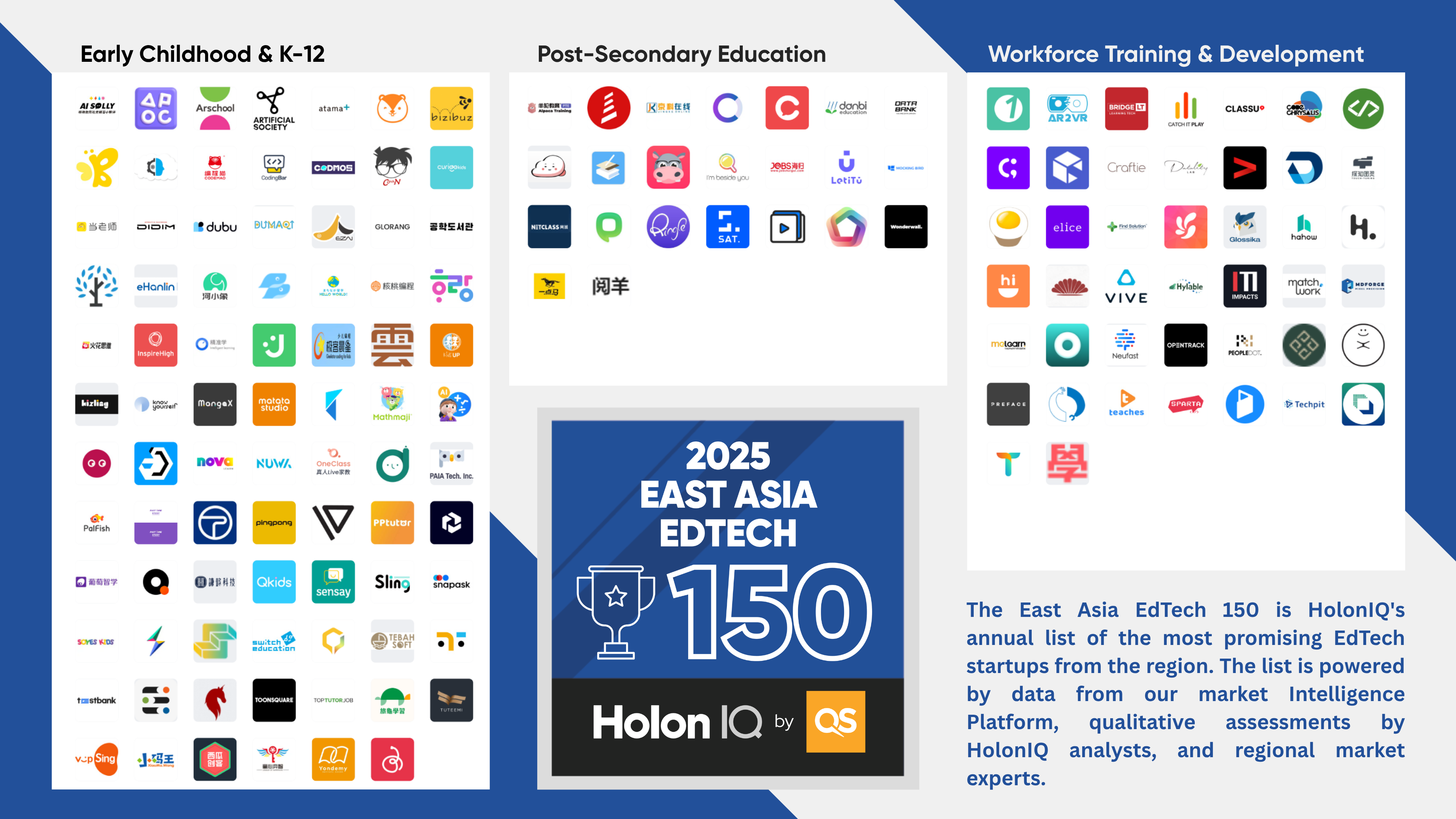
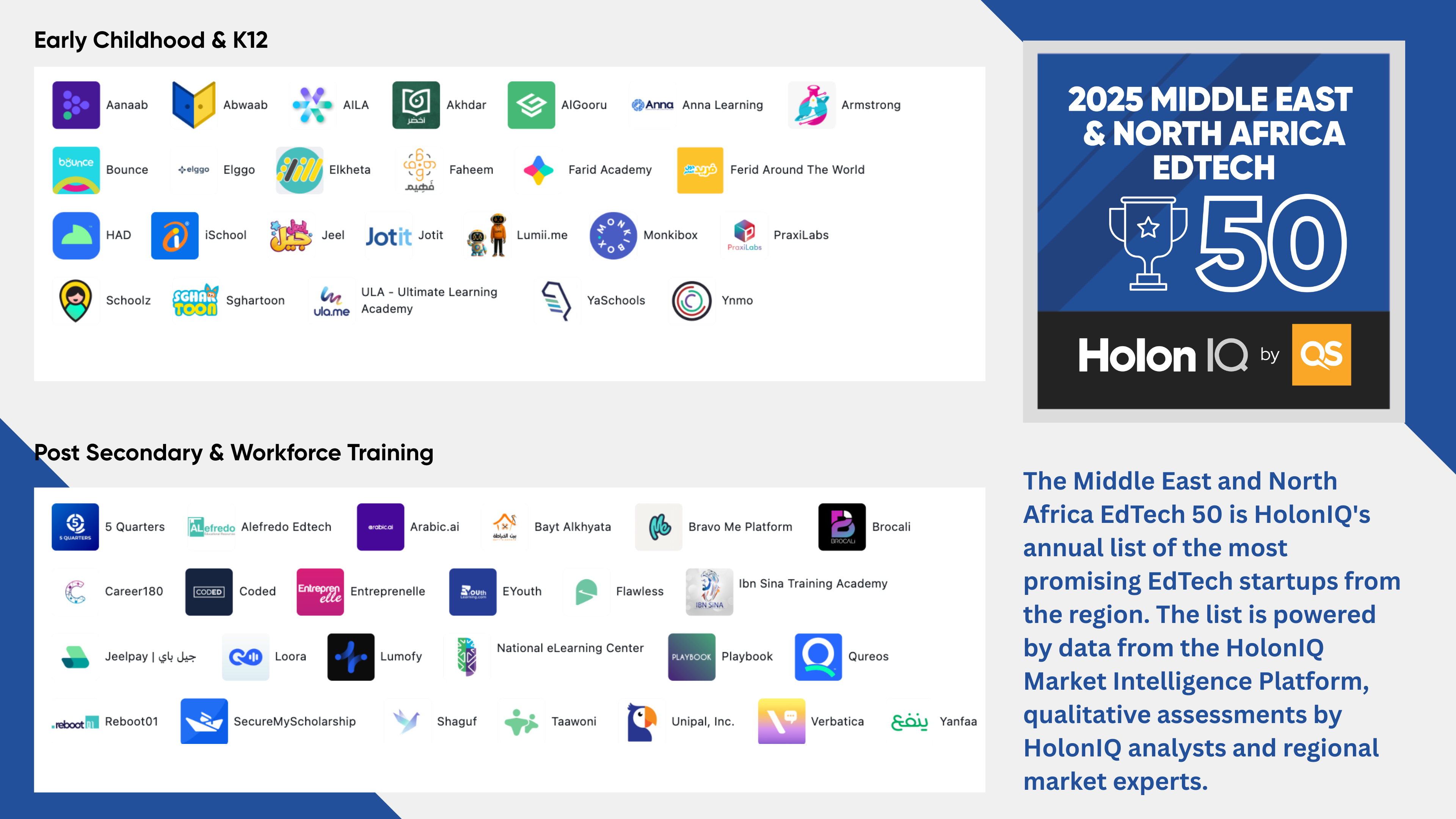
.png)
